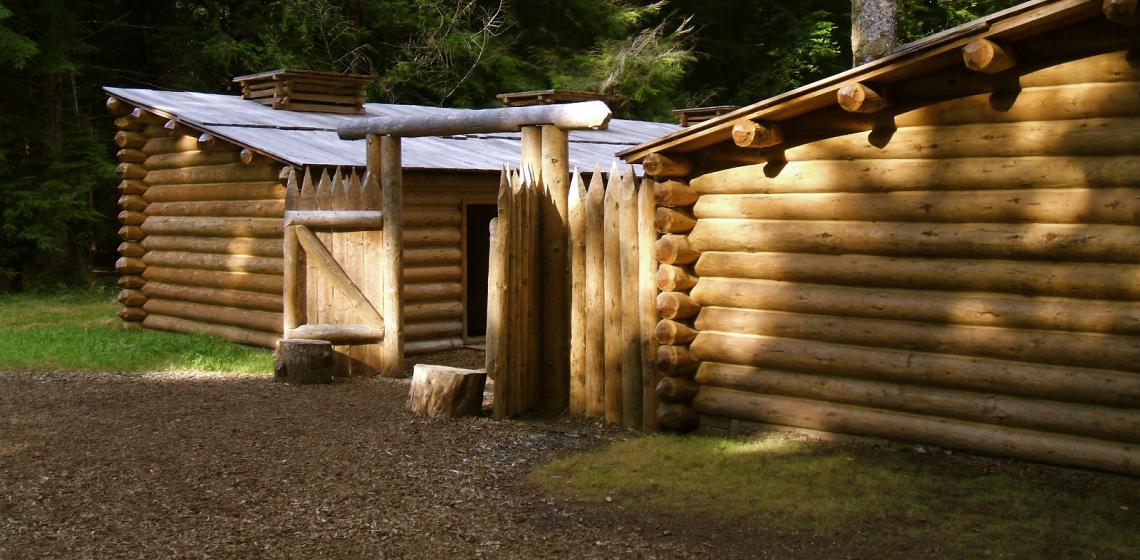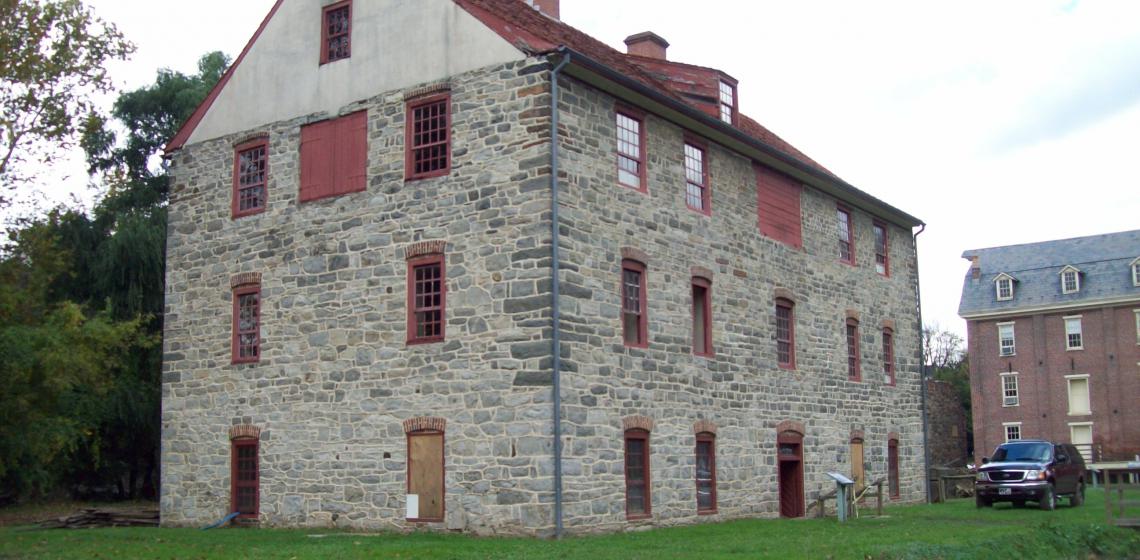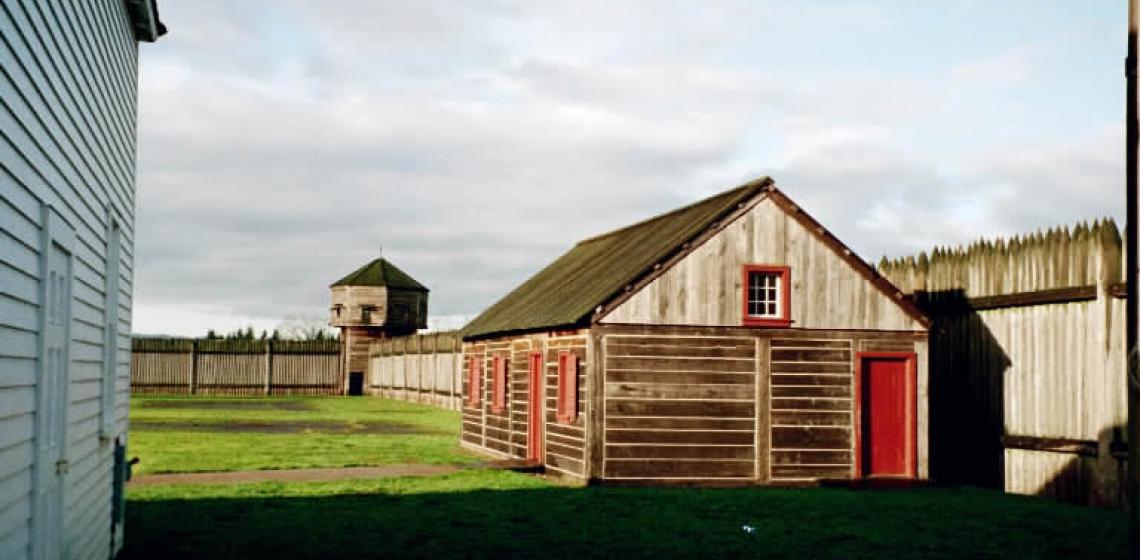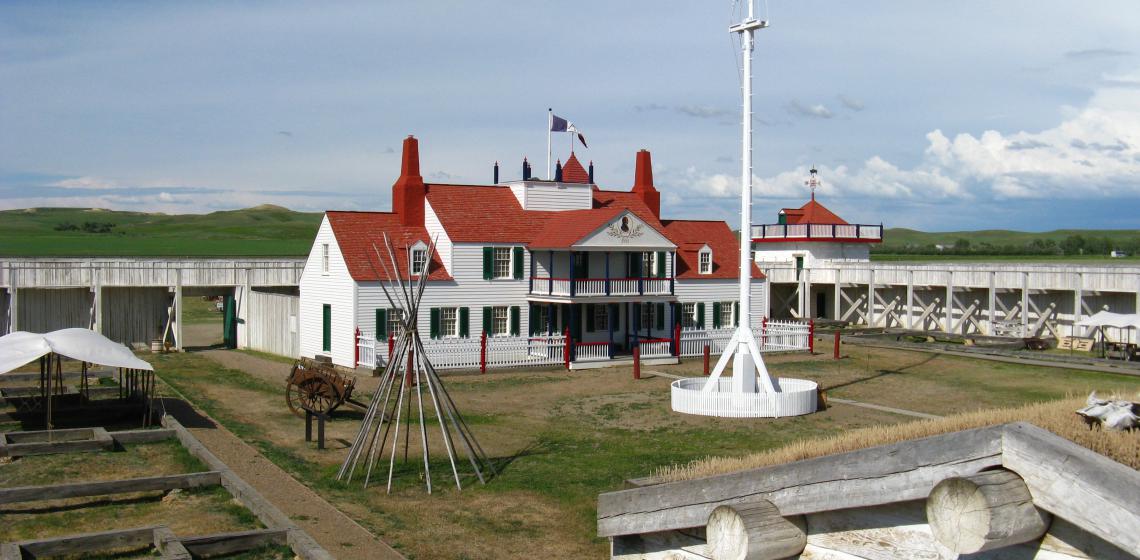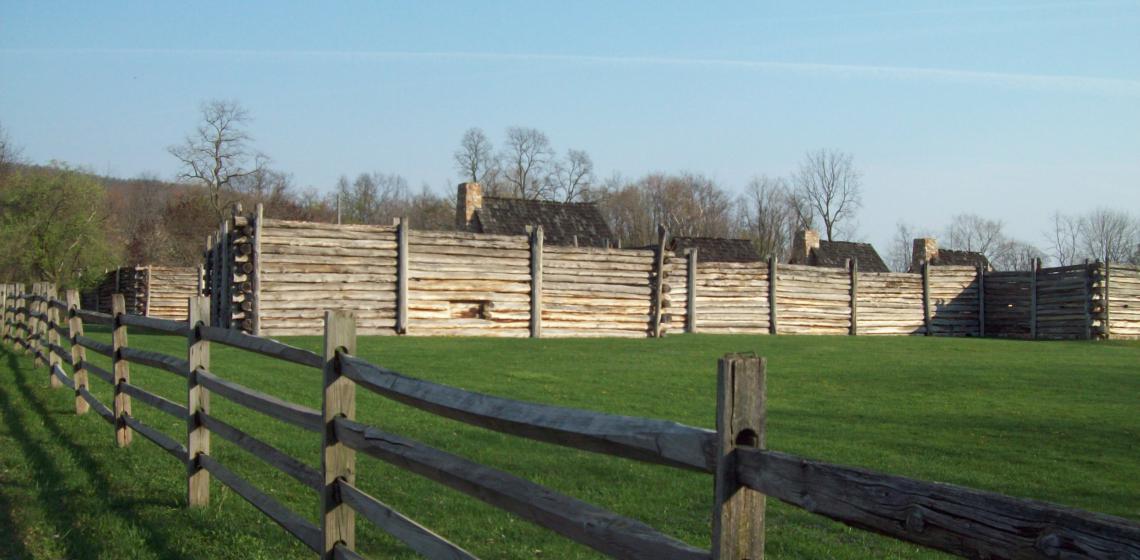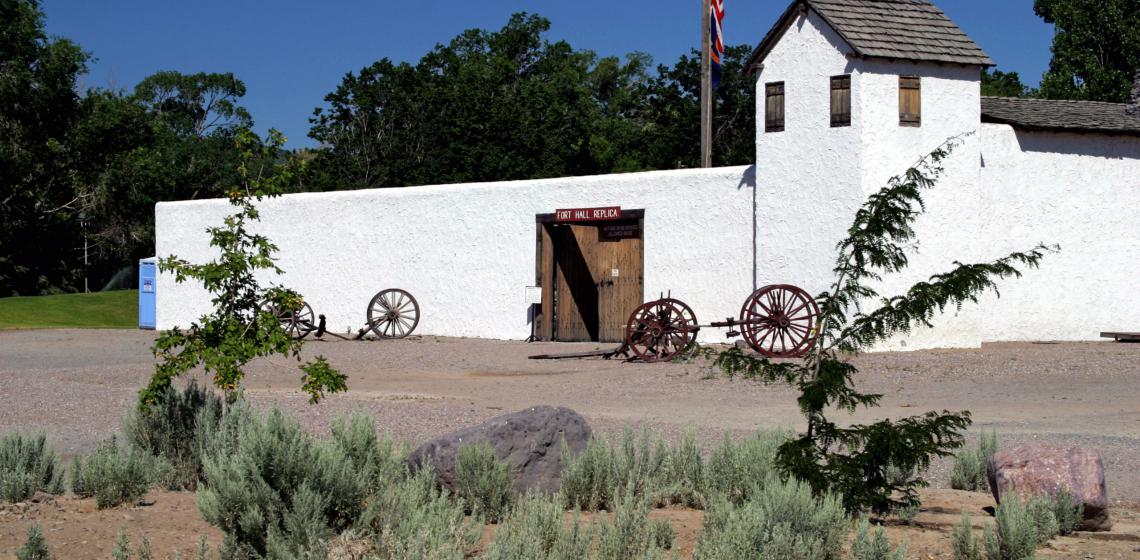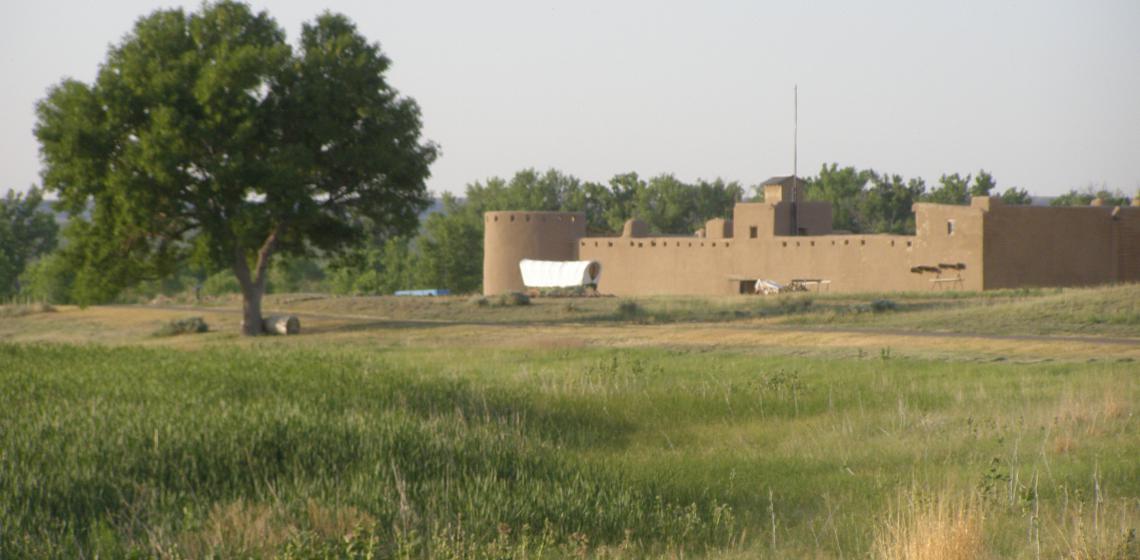Ohio Village (US)
Ohio Village is a living history museum in Columbus, Ohio, United States. The village provides a first-hand view of life in Ohio during the American Civil War. Presently, focus is on the 1890s.
The 22 buildings that make up the village are a mixture of reproductions and historic structures moved to the site. Used for lots of Ohio Village happenings, the Town Hall is also the centre of entertainment in town! One can act out scripts from shows, step up on the stage and give a speech or check out posters for traveling shows.
At J. Holbrook, Photographer visitors can star in their own 1890s photo shoot, and see how they compare to photos from the time period. Use costumes and props to take photos and see how you look as an 1890s resident.


